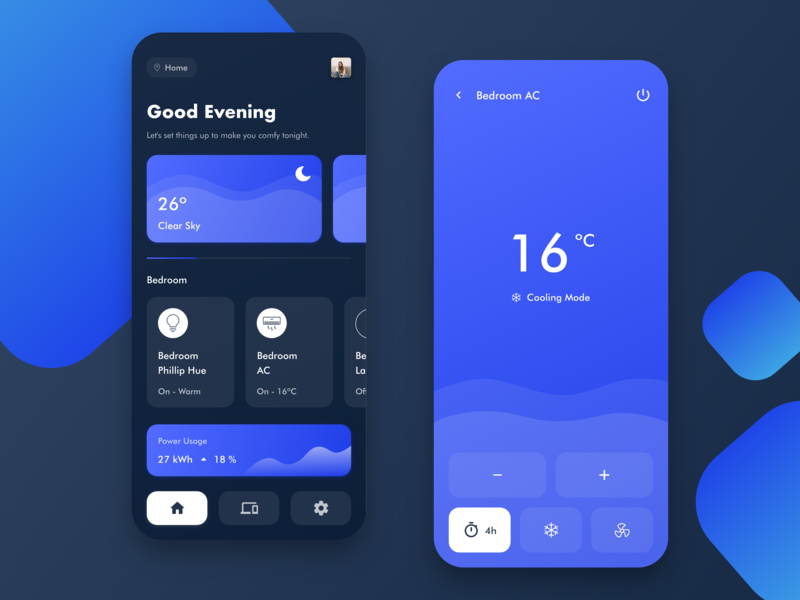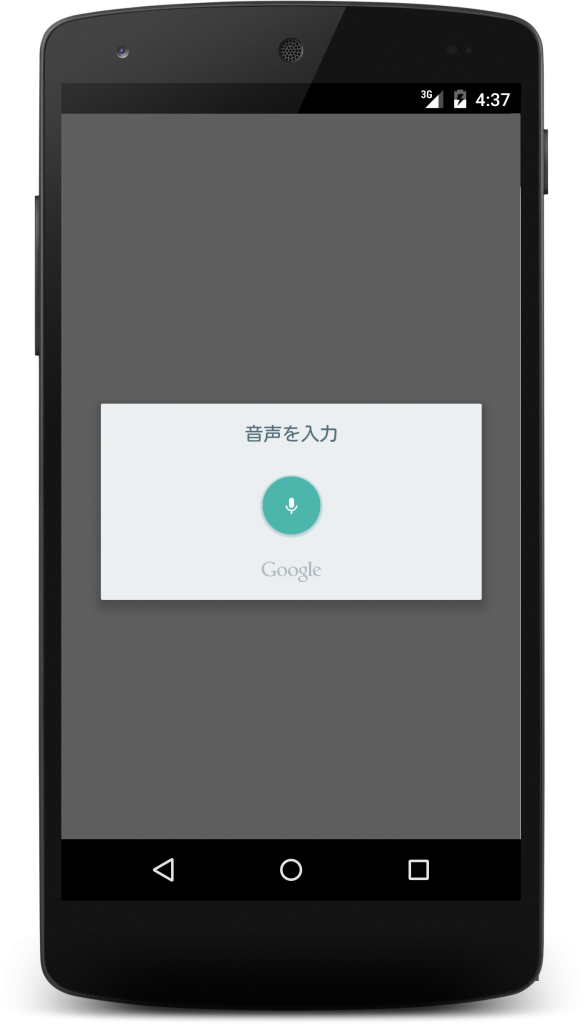

The first way is recommended:Īdd a dependency to your adle file. To implement speech recognition and natural language processing features in your app, you must first add the API.AI SDK library to your project. If you are an experienced developer you might use brief integration instruction. The first part provides an overview of how to use the SDK, and the second part is a tutorial with detailed step-by-step instructions for creating your own app. This section describes what you need to do to get started with your own app that uses the API.AI Android SDK. The Java will appear that is returned by the API.AI service.

In the Project browser, open apiAISampleApp/src/main/java/ai.api.sample/Config.Open the SDK Manager and be sure that you have installed Android Build Tools 19.1.

Import the api-ai-android-master directory.See the API.AI documentation on how to do this. Have an API.AI agent created that has entities and intents.Use the following steps to run the sample code: The API.AI Android SDK comes with a simple sample that illustrates how voice commands can be integrated with API.AI. Brief Integration Instruction (for experienced developers).Instead, use the API.AI user interface or REST API to create, retrieve, update, and delete entities and intents. Note: The API.AI Android SDK only makes query requests, and cannot be used to manage entities and intents. The client access token specifies which agent will be used for natural language processing. Also you can try Speaktoit recognition engine (Use ).Īuthentication is accomplished through setting the client access token when initializing an AIConfiguration object. Recognized text is passed to the API.AI through HTTP requests. Compile ':appcompat-v7:23.2.1'Ĭurrently, speech recognition is performed using Google's Android SDK, either on the client device or in the cloud.


 0 kommentar(er)
0 kommentar(er)
